A winner of the Design Mark, Fabric Garden by Taiwanese design studio TWO+LAB is now in the running for the Golden Pin Design Awards 2015, to be announced this evening. Tamsin Bradshaw interviews the designers and finds out more about their highly innovative product.

indesignlive.sg
December 10th, 2015
Ahead of the big day, Golden Pin has announced the Design Mark recipients who are now in the running for the bigger design awards. Among them is TWO+LAB, for its 3D hyperbolic surface textile – a world first. Using composite fibres instead of soil, TWO+LAB has created a clever surface you can place anywhere – a wall, a floor, a balcony, a building exterior – and on which you can plant anything. TWO+LAB talks about their inspirations and how it connects with huaren people.
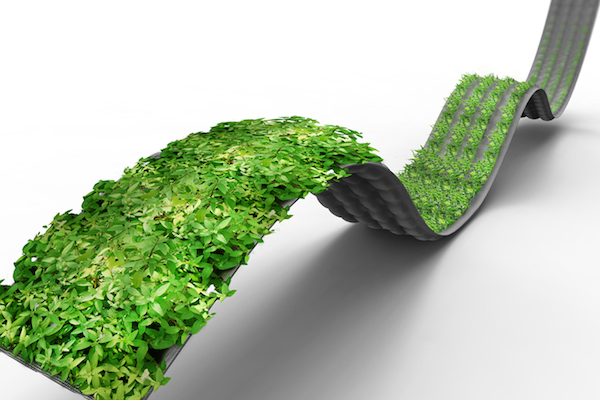
Fabric Garden can be used on the exterior of buildings to create urban forests
How does your design connect with the needs of huaren consumers?
During the process of rapid urban development in Chinese societies, [there has been a proliferation of] vertical and horizontal structures of glass, steel, and concrete. Under such circumstances, we want to promote the simple idea of living in an urban forest, so the gap between city and nature will be narrowed.
What inspired the design for Fabric Garden?
We started growing mung beans by placing them on cotton wool pads. This activity, commonly given as homework to kindergarten students, inspired us that growing plants can be very simple. Of course, we came up with a solution that expands this simple idea much further.
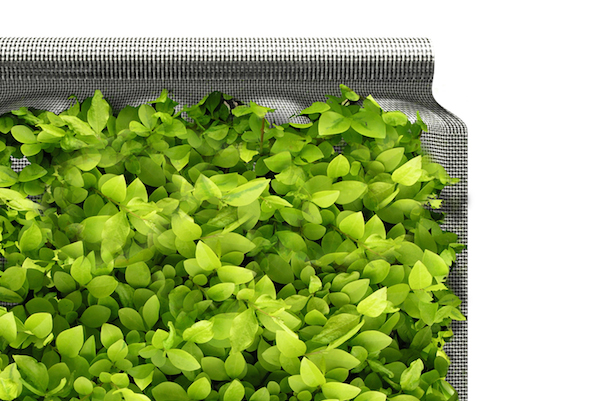
Plants grow on Fabric Garden’s composite-fibre surface
What makes Fabric Garden so special?
It is a piece of work that is simple and exists directly. A free and versatile garden can be created in any place to fit any kind of imagination, while not changing any natural planting patterns and allowing the plants to grow the way they need to. What we have done is simply create a carrier for those dreams.
How do you hope to see Fabric Garden used? What are some of the most exciting possibilities for this product?
We didn’t set ourselves any restrictions during the development of Fabric Garden. Recently, we successfully floated the product on water. This new discovery will bring about more versatile applications and situational extensions. The team highly anticipates further developments.
What was the working dynamic between you and the Taiwan Textile Research Institute? How did you collaborate on this product?
We were close cooperative partners for a long time. Together, we came up with many unrestrained ideas and we will try our best to bring them all to reality.
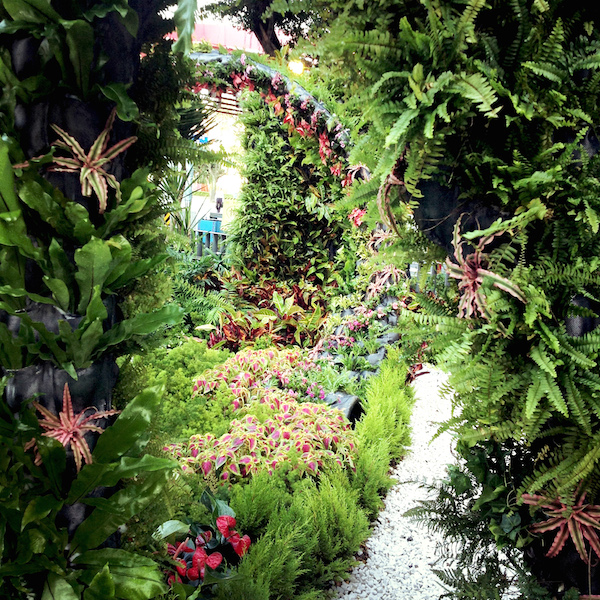
Beautiful, urban jungles can be created with Fabric Garden
What, to you, is the significance of the Golden Pin Design Award? What does it mean to win one of the Design Mark awards?
The award is an opportunity to promote innovative ideas more rapidly. For people who are used to living in and under steel and concrete buildings, creating a chance for the city to breathe again is vital.
What is your studio’s point of differentiation?
We locate ourselves between tradition and foresight. If we are described as participating in innovative activities, a better, more realistic description would be that we are experienced in narrowing the distance between different fields and industries. Therefore, imagination is very important to us. It is only with imagination that we can have the opportunity to combine different factors together in our minds.
Golden Pin Design Award
goldenpin.org.tw
TWO+LAB
Facebook.com/twopluslab/
INDESIGN is on instagram
Follow @indesignlive
A searchable and comprehensive guide for specifying leading products and their suppliers
Keep up to date with the latest and greatest from our industry BFF's!

The undeniable thread connecting Herman Miller and Knoll’s design legacies across the decades now finds its profound physical embodiment at MillerKnoll’s new Design Yard Archives.

London-based design duo Raw Edges have joined forces with Established & Sons and Tongue & Groove to introduce Wall to Wall – a hand-stained, “living collection” that transforms parquet flooring into a canvas of colour, pattern, and possibility.
The internet never sleeps! Here's the stuff you might have missed
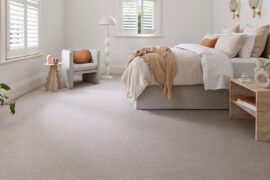
Good looks count, but function completes the space.
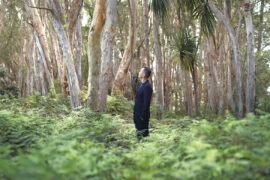
In Naturalizing Architecture, Takada moves beyond biomimicry to propose a regenerative vision for the urban environment.